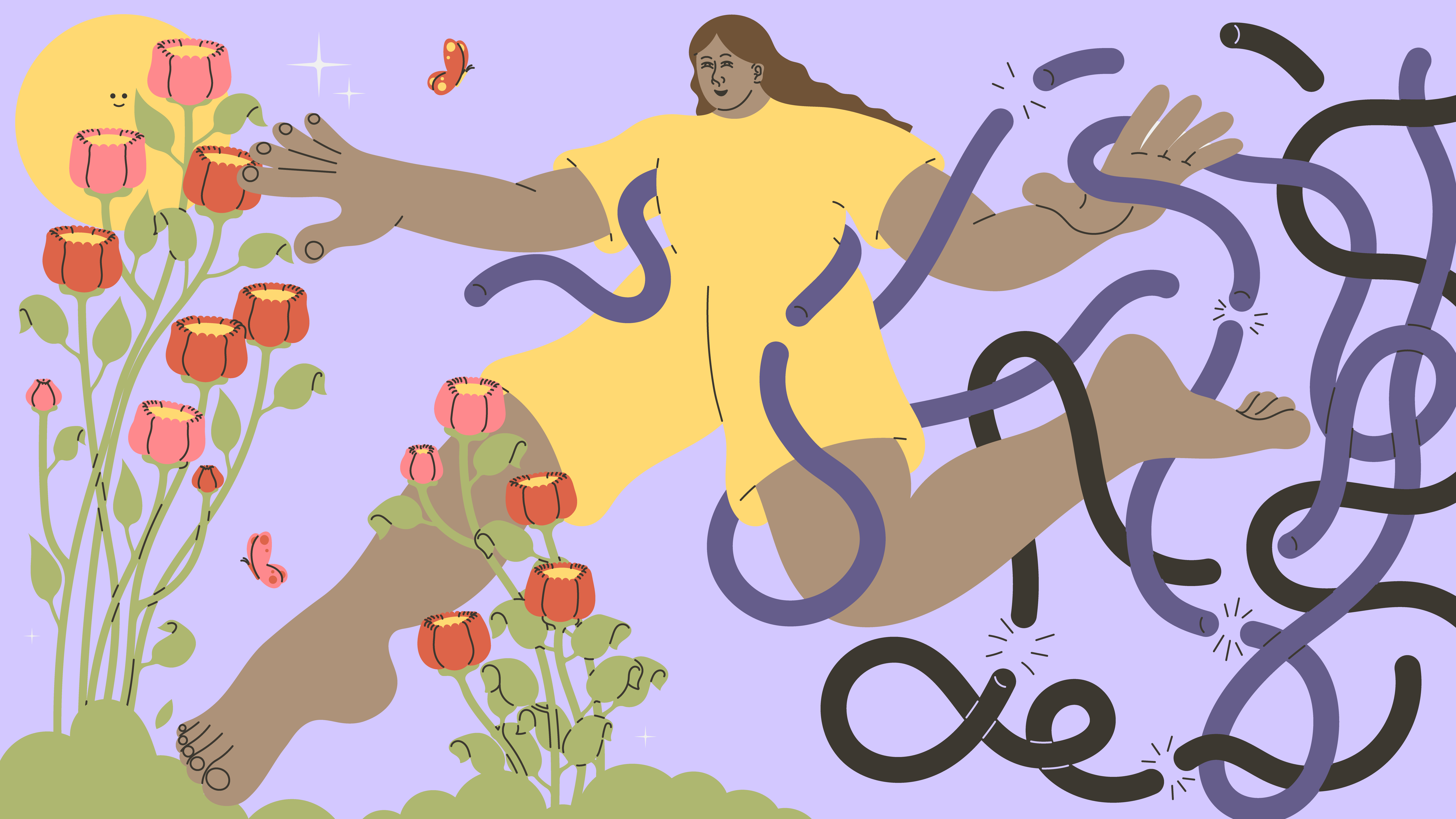Joy can strengthen our resolve, help us unlock creativity, and bolster our resilience. In Fix’s Joy Issue, we explore the importance and power of finding joy in the face of grief, anger, and a changing climate.
Most climate leaders we’ve spoken to say that joy and rejuvenation — whether found while hiking, cooking with friends, or cuddling with a pet — is an essential counterbalance to the stress and anxiety that comes with fighting climate change. Even for those who aren’t activists, eco-dread is a backdrop of daily life that can take a toll on one’s spirit. If we want to stay in this for the long haul, we need an antidote to despair.
“I firmly believe that we all have something that we have lost and will lose in the climate crisis,” says Rachael Baker, a climate activist who co-organized a 2019 global climate strike. “And I think the best way and the most effective way to fight is with joy.”
We are at a critical inflection point, when the pressure we face is too immense to carry without consequences for our physical and mental health. But a growing body of research provides us with a better understanding of how joy can promote healing, deepen bonds, foster creative thinking, and help us work together — all of which are essential to fighting climate change. And, luckily, we can find joy all around us.
“Something that is really important for me to remember, [to] keep going with this work, is there are still really beautiful things to experience,” says Audrey Lin, an activist with the youth-led climate organization Sunrise Movement. “What’s the point of living if we don’t have joy?”
Joy on the mind The feeling of joy starts in the brain


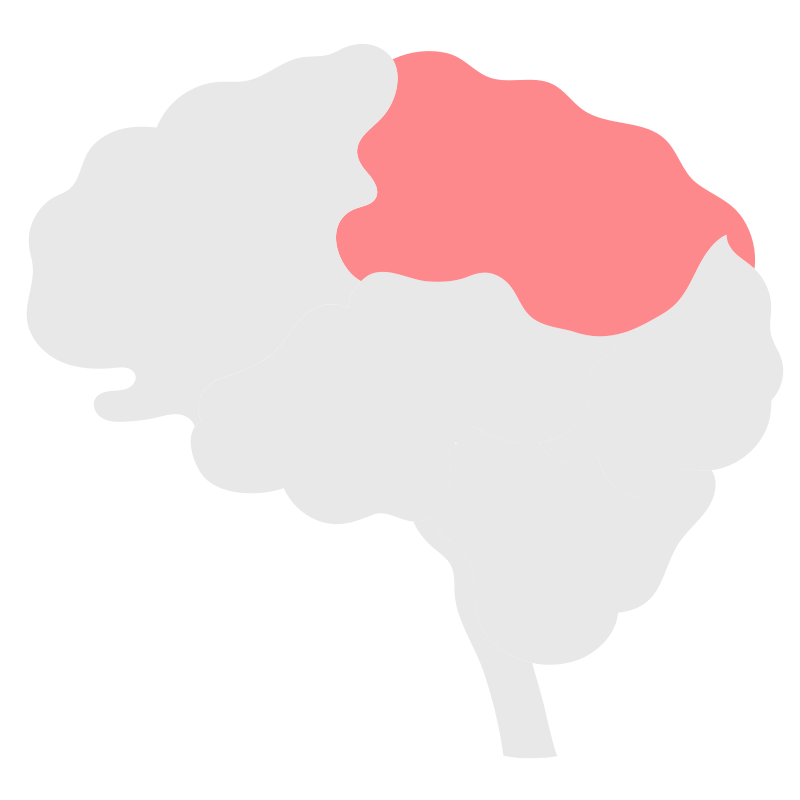


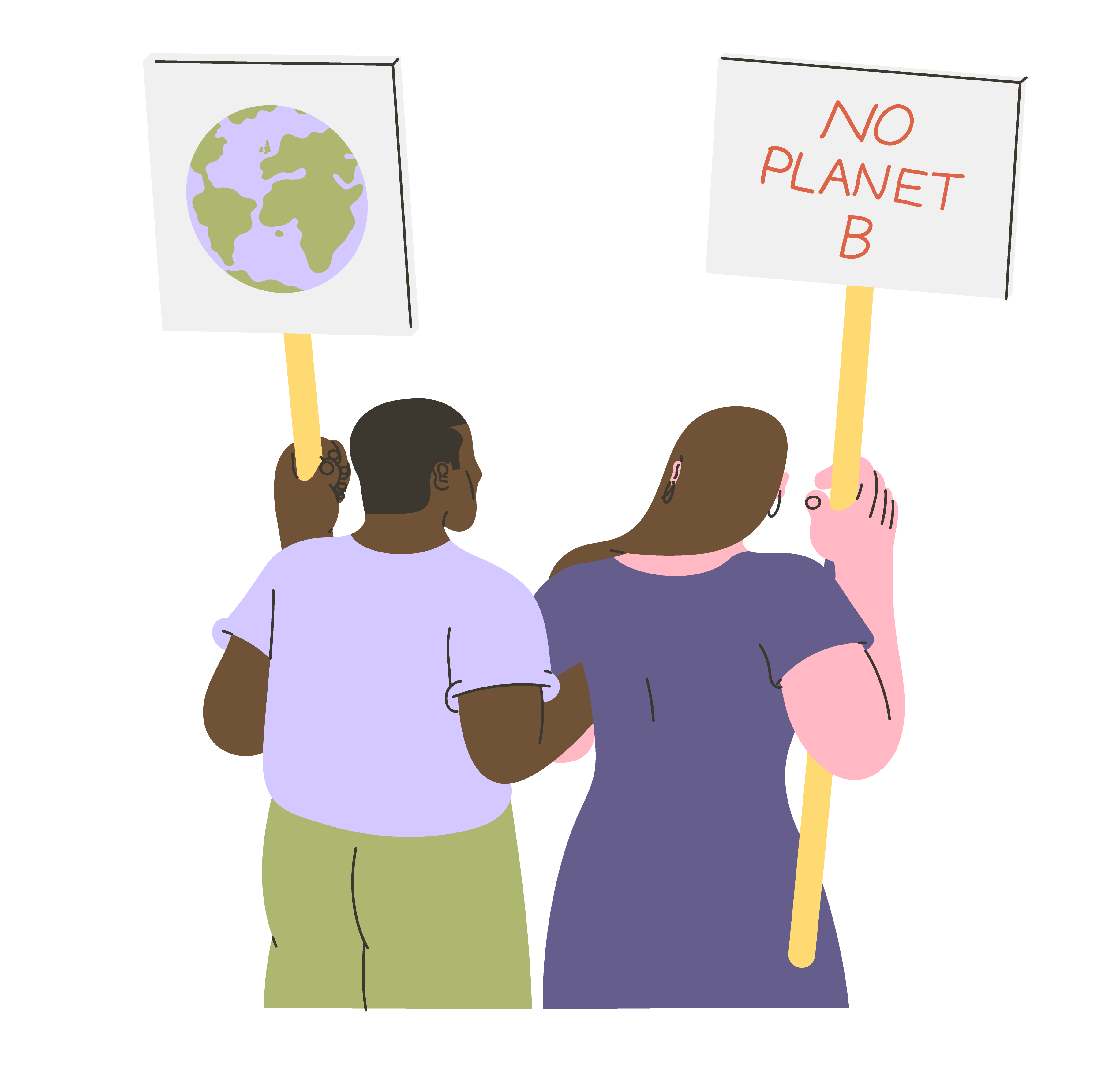
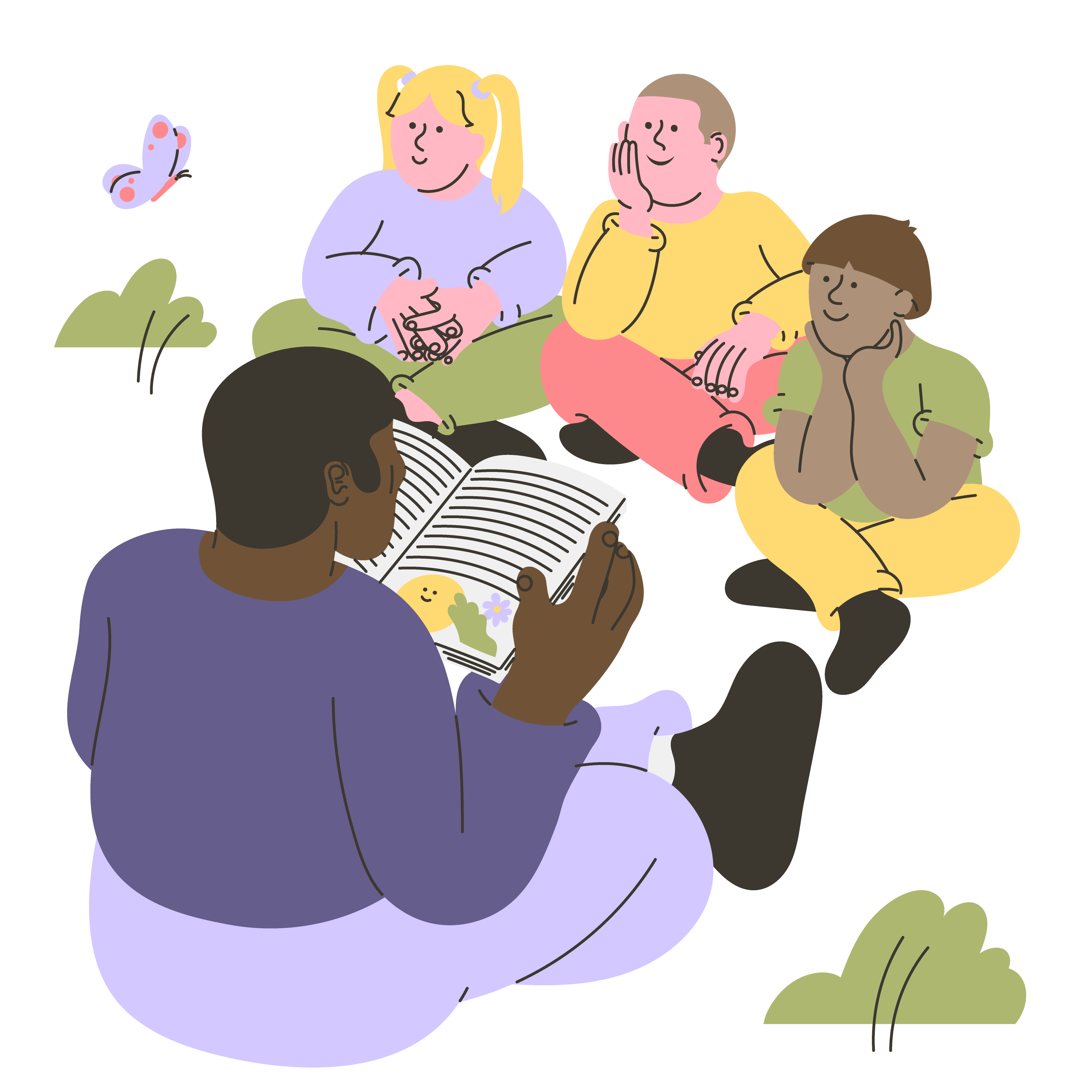

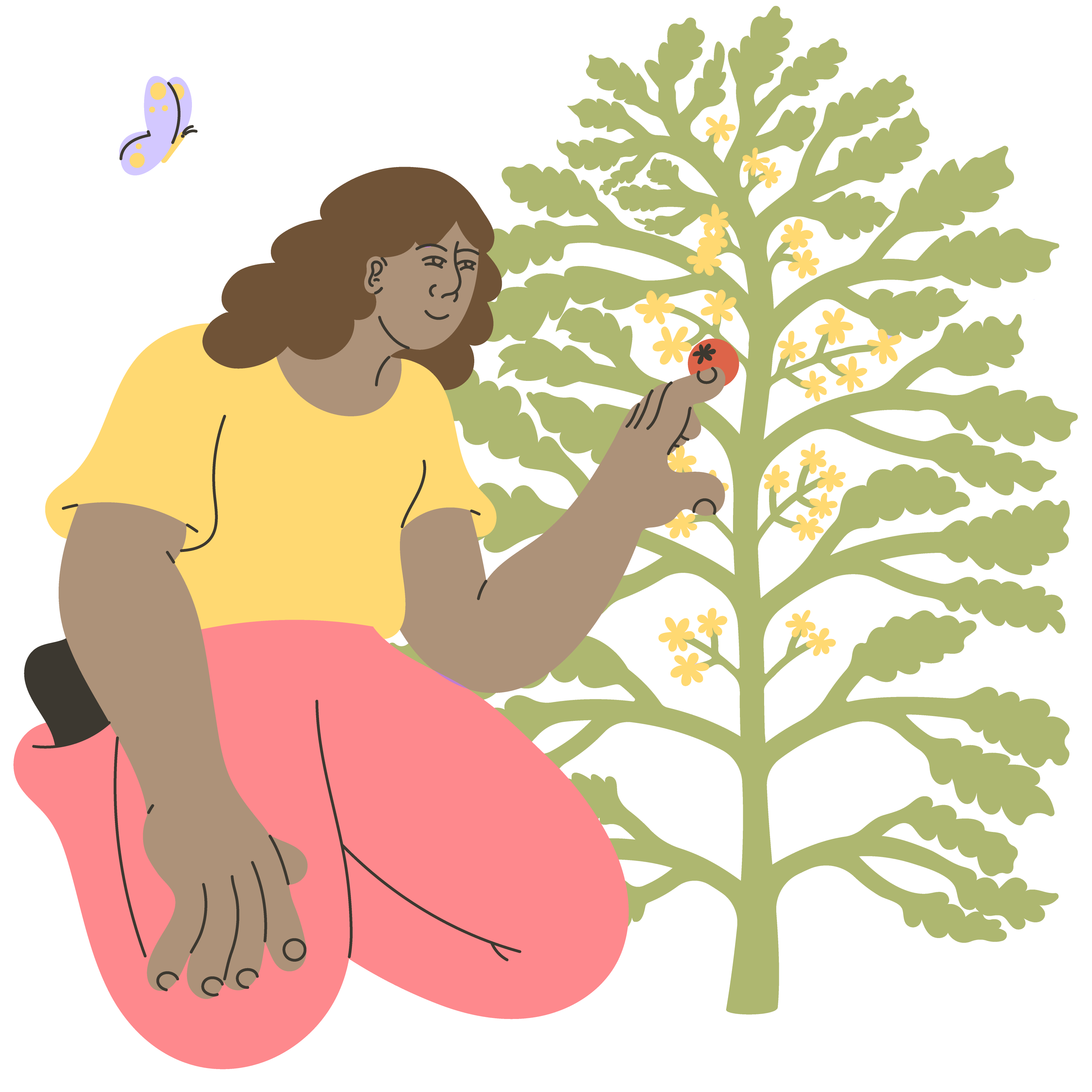
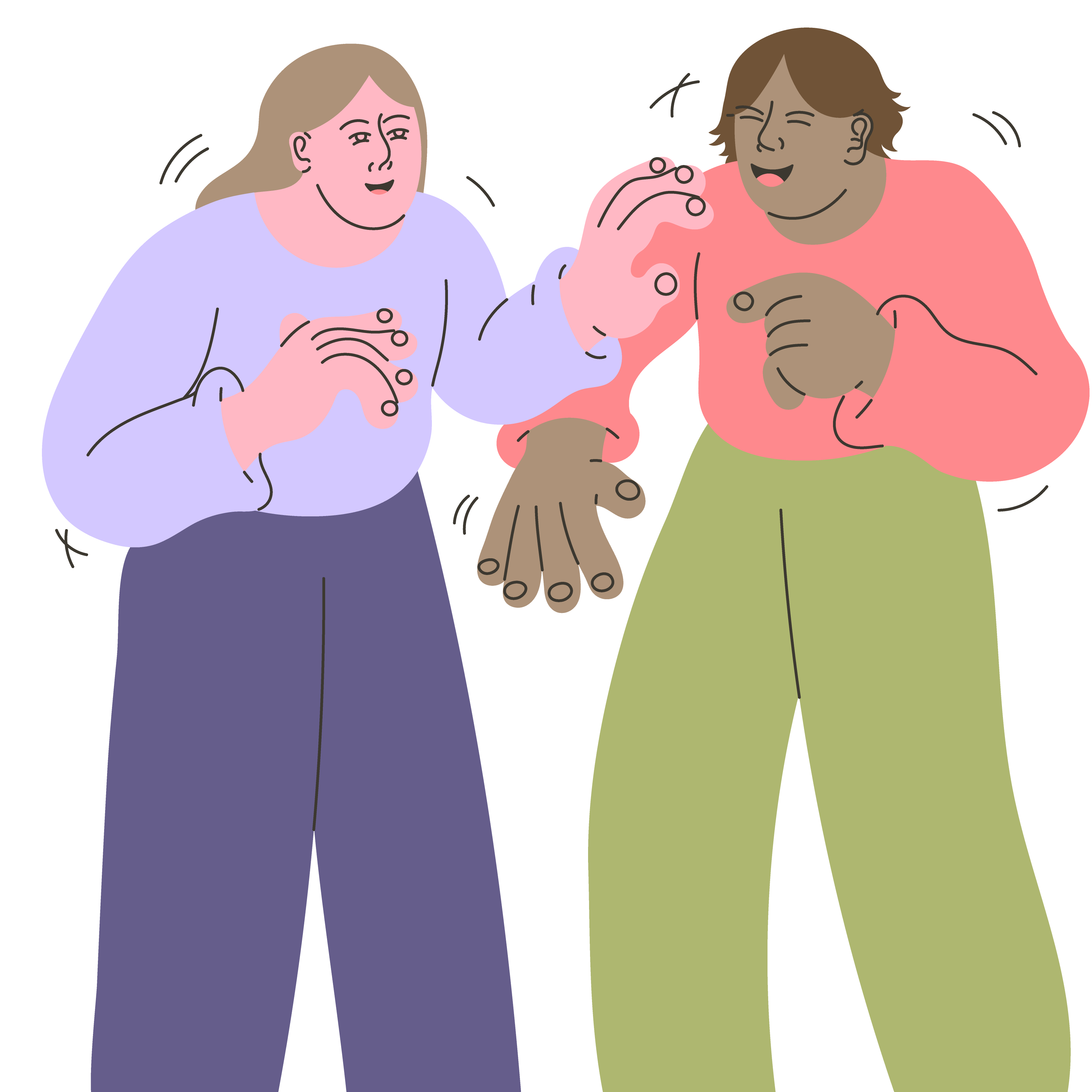



When we do things that bring us joy, the brain releases one or more neurochemicals, including oxytocin, dopamine, serotonin, and endorphins. These complex chains of elemental molecules can quicken the pulse and increase oxygen flow or slow our breathing and relax our muscles, resulting in feelings of excitement, peace, or anything in between. In other words, they are what make us feel the feeling.
The frontal lobe is the part of the brain where we feel emotions and make decisions.
The parietal lobe is responsible for spatial awareness and processing sensory information, like the warm embrace of a friend.
We process visual information, like a beautiful view of nature, in the occipital lobe.
The neurochemicals that circulate throughout the brain and body when we experience joy are produced in the brainstem, the hypothalamus, and the pituitary gland.
Generating joy What happens when we get in touch with what we love
Oxytocin
The love chemical
You know those feelings of coziness, safety, and even bliss that you get when you are with someone you love? Oxytocin is likely behind it. The chemical, which is produced in the hypothalamus and released into other parts of the brain through the pituitary gland, creates a fuzzy, warm feeling that can reduce blood pressure. Although most commonly associated with falling in love, plenty of platonic experiences, like a reassuring touch from a friend or even reading an uplifting story, can trigger it.
Although most commonly associated with falling in love, plenty of platonic experiences, like a reassuring touch from a friend or even reading an uplifting story, can trigger it.
Dopamine
The motivator
Dopamine makes you feel motivated to experience pleasure, to be rewarded, and to get things done. Even the anticipation of experiencing pleasure or succeeding at something can cause a dopamine surge. This neurochemical is produced in the substantia nigra and ventral tegmentum, which are located in the upper brainstem. It can kick in and speed up your heart rate when you’re listening to your favorite music, looking forward to seeing a loved one, or readying to pick that juicy tomato you’ve been waiting for all season.
It can kick in and speed up your heart rate when you’re listening to your favorite music, looking forward to seeing a loved one, or readying to pick the tomato you’ve been waiting for all season.
Serotonin
The mood booster
If you’re in a happy, relaxed mood, serotonin is probably involved. Produced primarily in the raphei nuclei in the brainstem, this neurochemical travels throughout the brain and body, and can help regulate digestion. Too little of it can lead to anxiety and depression. Studies show that laughter and smiling can trigger the release of serotonin and other joy-inducing neurochemicals, and so can positive thinking, like engaging in a gratitude practice or meditating.
Studies show that laughter and smiling can trigger the release of serotonin and other joy-inducing neurochemicals, and so can positive thinking, like engaging in a gratitude practice or meditating.
Endorphins
The energizers
Endorphins make you feel happy and reduce physical pain. When you move your body and get your heart pumping, the hypothalamus and the pituitary gland release them. Most people associate endorphins with exercise, but you don’t have to be into extreme sports to experience its benefits. Even a leisurely walk has been shown to unleash this energizer. Activities that get you moving, like biking, gardening, or dancing in your living room, can also get them going. So can eating delicious foods — especially chocolate.
Even a leisurely walk has been shown to unleash this energizer. Activities that get you moving, like biking, gardening, or dancing in your living room, can also get them going. So can eating delicious foods — especially chocolate.
The need to feel and express joy — particularly for those working against the clock on climate change — is more important than ever. In February, the Intergovernmental Panel on Climate Change released its sixth assessment report, which made clear that time is running out for us to adapt. Although many activists saw the report as a call to arms and encouraged others to take action, the general tone of media coverage skewed toward: “We’re doomed.”
“I worry that constant exposure to these terrifying images, headlines, [and] emotional reactions can potentially prevent people from taking action,” says Yuna Ferguson, professor of psychology at Truman State University in Missouri and an expert in positive thinking. While Ferguson sees fear as an appropriate reaction, she, like many social scientists and climate activists, believes it must be counterbalanced by joy.
[Read more: How climate organizers are recommitting to joy as a protest tactic]
Ferguson is one of a growing number of researchers identifying connections between the science of how we experience joy and the many benefits that follow when we do — a line of thinking that has profound implications for how each of us engages with the climate crisis.
A predictor of resilience
When Audrey Lin became a full-time activist with Sunrise Movement in 2020 — choosing climate work over going to college — she was so energized that she typically worked through the weekends. Over time, she realized she was working most of her waking hours and that it wasn’t “sustainable for me or my body.” Now, the 20-year-old spends her weekends going to concerts, taking art classes, and being with friends. Without that, she says, she wouldn’t be able to do her work with the enthusiasm and energy it requires.

Eriel Tchekwie Deranger, the executive director of Indigenous Climate Action and a member of the Athabasca Chipewyan First Nation, told Fix about the importance of finding time to recharge, especially when the work touches the “deep wounds” inflicted on Indigenous communities since the colonial era. “Laughter is a really key part of our culture,” Deranger said in an episode of Fix’s Temperature Check podcast last year. “Because if we don’t have that, and we’re just fighting all the time, that’s not good for your spirit.”
It’s true that humans can only endure so much stress without relief. When you’re constantly in fight-or-flight mode, your body experiences high levels of stress hormones like cortisol and adrenaline. In the short term, that can lead to anxiety, digestive issues, and ultimately fatigue. In the long term, it can lead to chronic muscle pain, heart disease, depression, and cognitive issues that impair learning ability and memory retention. In contrast, neurochemicals like serotonin that flood the body when we experience joy help us activate the parasympathetic nervous system, more commonly referred to as our rest-and-digest mode, which helps slow our heart rate, calms us down, and aids in digestion.
Laughter can lead to a rush of serotonin, dopamine, endorphins, and oxytocin, and that in turn can lead to stress reduction and an increase in immune cells. A study led by Barbara Frederickson, a pioneer in the field of positive psychology, found that participants who viewed films that sparked feelings of contentment and amusement recovered from anxiety-induced cardiovascular activity faster than those who watched sad or neutral content.
“I think that if positivity was somehow infused with the movement, it could strengthen it.
— Yuna Ferguson, professor of psychology
In addition to sustaining our physical and mental well-being, we are often able to think more positively when we do things that we love or find pleasing. For example, when we step outside on a sunny day and look at beautiful flowers, we might experience a surge of dopamine in the brain. Neuroscientist Kent Berridge of the University of Michigan says this makes us feel motivated, inspiring an attitude of, “I want to do things!”
Ferguson says that positive thinking, like feelings of optimism and self-efficacy, is a “predictor of resilience.”
“[Positive] thinking can initiate action and commitment to goals, as well as more effective coping with stress,” she says. “I think that if positivity was somehow infused with the movement, it could strengthen it.”
Unlocking creativity
Beyond increasing personal stamina, positive emotions can have a profound effect on our intellectual capacity to receive information and solve problems. One University of Toronto study found that a positive mood literally increases what we see in the visual cortex of the brain, resulting in the ability to expand our thinking. Another study published in the Journal of Positive Psychology found that an upbeat mood among employees led to increased teamwork and coordination, and subsequently improved the ability to generate novel ideas.
These recent studies support the foundational broaden-and-build theory Frederickson developed almost 25 years ago. She argued that while negative emotions like fear, anger, and anxiety can drive us to immediate action, they have a narrowing impact on our attention, which makes it difficult to see solutions or focus on alternatives. But joy, she wrote, broadens our perspective “by creating the urge to play, push the limits, and be creative.” Creativity, of course, helps drive innovation in any organizational space, but some argue it’s particularly important in finding new ways of fighting climate change — from developing sustainable building materials like algae-based cement to crafting ways to bring rooftop solar to affordable housing.
[Read more: Humor may be the key to effective climate communication]
The broaden-and-build theory claims that joy in organizational spaces increases interpersonal trust, the willingness to consider different ideas, and the embrace of more holistic thinking, says Nicole Celestine, a behavioral psychology researcher at the University of Western Australia whose work is informed by Frederickson. She says this can potentially help us solve problems “in the climate change space, by making us open to hearing other people’s perspectives.”
Even better, racking up positive experiences leads to a long-term feeling of well-being. Frederickson calls this the “upward spiral,” which suggests that experiencing joy has a cumulative effect that can help keep us motivated and engaged over time.
The power of collective joy
There are perhaps infinite ways to experience joy, but a resounding observation among psychologists and those in the climate space is that something special happens when we feel it collectively.
“Joy is a communal experience. I want to feel like I am excited about the work I’m doing and optimistic about it with other people,” says Lin.
Research shows that experiencing positive emotions together deepens social bonds. For Deranger, those bonds are critical. Part of what is so special about connecting with comrades is “building that [climate] movement together and lifting each other up as Indigenous women and having fun.”
Rachael Baker, who recruits people for progressive social justice and climate campaigns for The Outreach Team, loves being alone in nature. But she finds that something special occurs when you’re sharing an experience with others. “I think there’s an inherent joy in connecting,” she says. “It just makes it bigger.” If we attend a community event or a protest where we connect with others and leave feeling socially fulfilled, we’ll want to return.

Berridge, the neuroscientist, points out that dopamine also has a presence in our relationships and could potentially provide motivation for sticking with the climate fight. “Looking at your loved ones, your partner, or children … can trigger dopamine,” he says. And he believes that the intrinsic desire to protect those people, to imagine a future where your grandchildren and their grandchildren can thrive, could create a dopamine surge like anything else that brings us joy.
“Joy is a communal experience. I want to feel like I am excited about the work I’m doing and optimistic about it with other people.”
— Climate organizer Audrey Lin
Dacher Keltner, a professor of psychology at the University of California, Berkeley, and an expert in the social functions of emotion, believes simple things, like friendship and leisurely walks, create the most joy — especially if we want to be in harmony with the planet. “People who have more disposable income tend to like more hedonistic pleasures, right? And they will burn fossil fuels to do them,” he says. But, he notes, there are a lot of things right around us that are even more powerful when it comes to sparking and sustaining joy. ”It’s in the people I live with. It’s in my work colleagues. It’s in my friends — through laughter and touch.”
No one is arguing that joy should be our sole pursuit. But in a time when fear and grief could easily overwhelm us, many are finding it’s important to create space to embrace it. Celestine argues that focusing on the kind of contributions to climate work that get you excited, that “build your energy” and make you feel positive, is the best way to overcome the emotional fatigue that our climate reality causes. Whether we are on the frontlines of protests, navigating climate impacts in our communities, or simply facing the stress of an unpredictable future, an emerging body of research backs up what many of us already sense: Joy is not frivolous — it’s a necessity.
Writing and reporting by Marigo Farr. Editing by Jaime Buerger and Chuck Squatriglia. Art direction by Mia Torres. Illustrations by Sarah Cliff. Web development by Jacky Myint.
